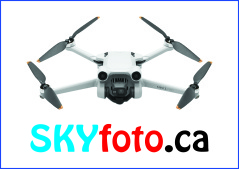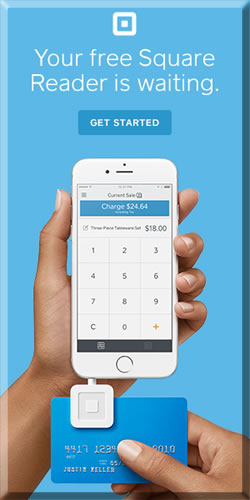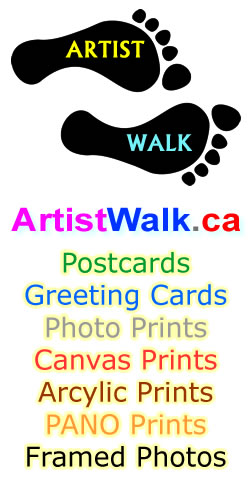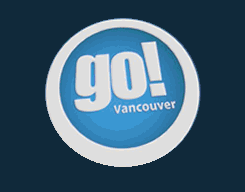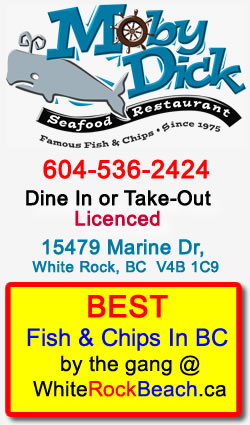Know What ID is Necessary: For entry into Canada and then re-entry to the United States, you need a passport or equivalent travel document.
Accepted ID:
- U.S. Passport
- U.S. Passport Card – not valid for international air travel
- EDL (Enhanced Driver’s License) – not valid for international air travel
- Trusted Traveler Program Card: i.e. NEXUS, SENTRI, Global Entry or FAST
Other rules may apply for parents/guardians or non-custodial adults travelling with children. Please see: Canada Border Services Agency admissibility.
More information available here: Western Hemisphere Travel Initiative.
Before Your Trip
Clean your vehicle. Check inside the car including the glove box and under the seats. Empty your trunk of unnecessary items.
Don’t give border officials reasons to question you, as this may add time to your border crossing. I would even recommend vacuuming the inside of your car. Once I found a red pill-shaped hard candy underneath one of the seats (Mike & Ike’s). A customs officer could mistake this for drugs. Crossing the Windsor/Detroit border, I saw a teenager being booked for drugs when the “pills” he had in his pocket were actually just Tic-Tac breath mints. The USA customs agent said he did not care what the street name was and was unaware of the product sold in stores.
Any device like a computer, cell phone, iPad or tablet could be seized for review of their contents. Know what is on your devices. If you are self-employed and bring tools of your trade – i.e. construction worker with hammers, saws, drills, etc. – you could be turned away on the assumption that you would be working illegally in another country. Long story short: know what is in your car, pockets, etc. Make the job easier for customs if they do a search.
At the Border Services Booth
Be Prepared:
The driver should have in hand his and all his passengers’ ID (preferably passports) before reaching the border services booth. Remove your sunglasses, turn off the radio and cellphones – don’t start playing with these devices once you’ve arrived at the booth.
Know where you are going, how long you’ll be gone, how much money you have on hand, and the nature of your trip. If you are leaving anything behind declare it.
Roll down your front and back windows so that the border officer can speak to everyone in the vehicle as well, or see what’s in the back seat. Don’t give them reasons to detain you.
Answer the Questions and Only the Questions:
The Border Services Officer at the Canada/US border will ask you a series of questions, such as: “How long you will be in the country?” “Why are you traveling to Canada/United States?” and “What is the address of the place where you will be staying?” Answer these questions directly but don’t embellish. This is not a time to seem unsure or crack jokes.
The best thing we have found is to only answer the exact question they ask. Don’t add information that they didn’t ask for. If they want details, they will ask. Do not try to be a comedian or make conversation. Do not use weasel words like “maybe” as in “we’ll maybe do some sightseeing too” –be firm and exact about where you’re going and why. Most importantly, look the border agent in the eyes when you speak.
Have Your Vehicle Registration Available:
Border officials are always on the lookout for stolen vehicles or people trying to avoid duties on vehicles purchased out of country, so having your car registration on hand is a good idea.
Travelling with Children:
Border agents are always on watch for missing children. Parents who share custody should carry copies of their custody agreements. If one parent is travelling with the children, he/she should have the other parent’s written permission in the form of a consent letter with contact information. The same rules apply to non-custodial adults travelling with children: make sure you have a letter of consent containing contact info from both parents.
More information here.
Coming Home:
One of the most important things to do is document your trip. How? With receipts. You should take note of the time (and date, if you’ll be gone more than one day) you crossed because y0u most certainly will be asked how long you were gone. Make sure you are honest and declare everything.
Know Before You Go
There’s a number of things to make sure of before you travel to Canada and back home again.
For regulations on international travel by U.S. residents, download this PDF: Know Before You Go.
Also take note of Canada’s own rules outlining what travellers can bring across the border into Canada. See Visitors to Canada.
This page for non-Canadians has detailed links for both visitors and businesses. You’ll find all sorts of data including information about all kinds of restricted items: firearms/weapons and ammunition, alcohol and tobacco, foods and plants, etc.
And visitors from Washington State where marijuana is legal may want to take note that pot is not legal in Canada. Crossing the border with this herb in your car could get you refused entry and blacklisted.
Check Out Border Wait Times Before Crossing
Before crossing the border into Canada, check out border wait times, especially if you can choose from two or three different border crossings.
Peace Arch, Pacific Crossing – Blaine
